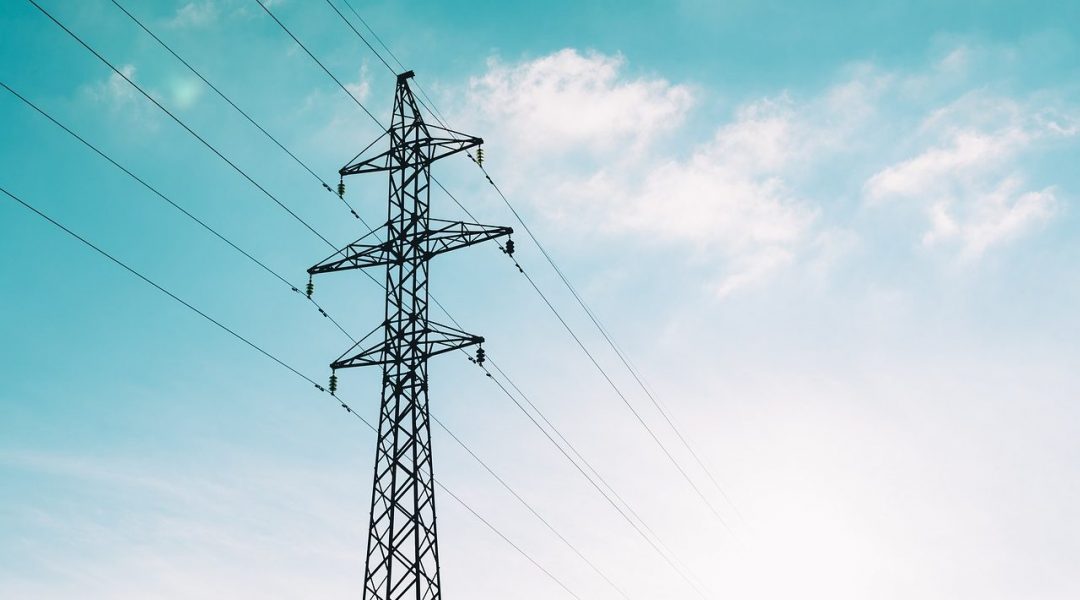Electrical power systems are composed of hundreds of thousands of controllable and un-controllable components that function in a variety of different ways. Hence, this complex process requires a coordinated strategy of measurements and automation to provide safe, reliable and resilient energy delivery.

Electrical and communication connections in the traditional power systems
In the recent years, due to environmental concerns as well as gas and oil price fluctuations around the globe, the deployment of renewable energy resources, such as solar and wind, has become more popular. These energy resources could be integrated into the transmission and distribution networks of the power system, depending on their capacity. The volatile and variable nature of renewable energy resources and the impact that this volatility and variability can have on power system operations has escalated concerns about the reliability, stability and operational security of power systems.
The future grid will require more increased visibility and controllability of the power system at all levels including generation, transmission, and distribution, and behind-the-meter customer assets that dynamically interact with the system. This will require a more advanced command, communication and control infrastructure that includes advancements of energy management and distribution management systems with strong coordination between transmission and distribution system operations, along with greater involvement of energy consumers and producers. Thus, a secure information and communication infrastructure and distributed control architecture that supports real-time connectivity, data exchange and coordinated control between energy management systems and distribution management systems while ensuring data privacy and security.
In a review in WIREs Energy and Environment a comprehensive study of current dynamics, control and automation challenges of electrical power systems in response to the integration of distributed renewable energy resources is presented, and identifies a number of areas of challenge that hold great promise and call for further research and development.
Kindly contributed by Amirhossein Sajadi, Luka Strezoski, Vladimir Strezoski, Marija Prica, and Kenneth A. Loparo.

















